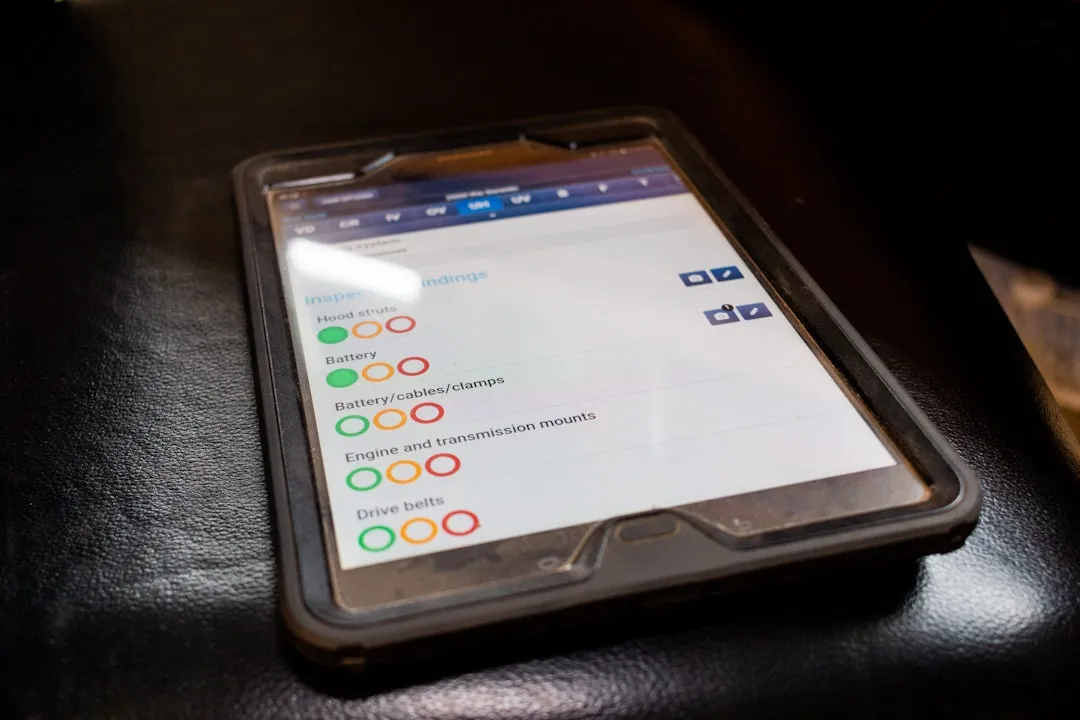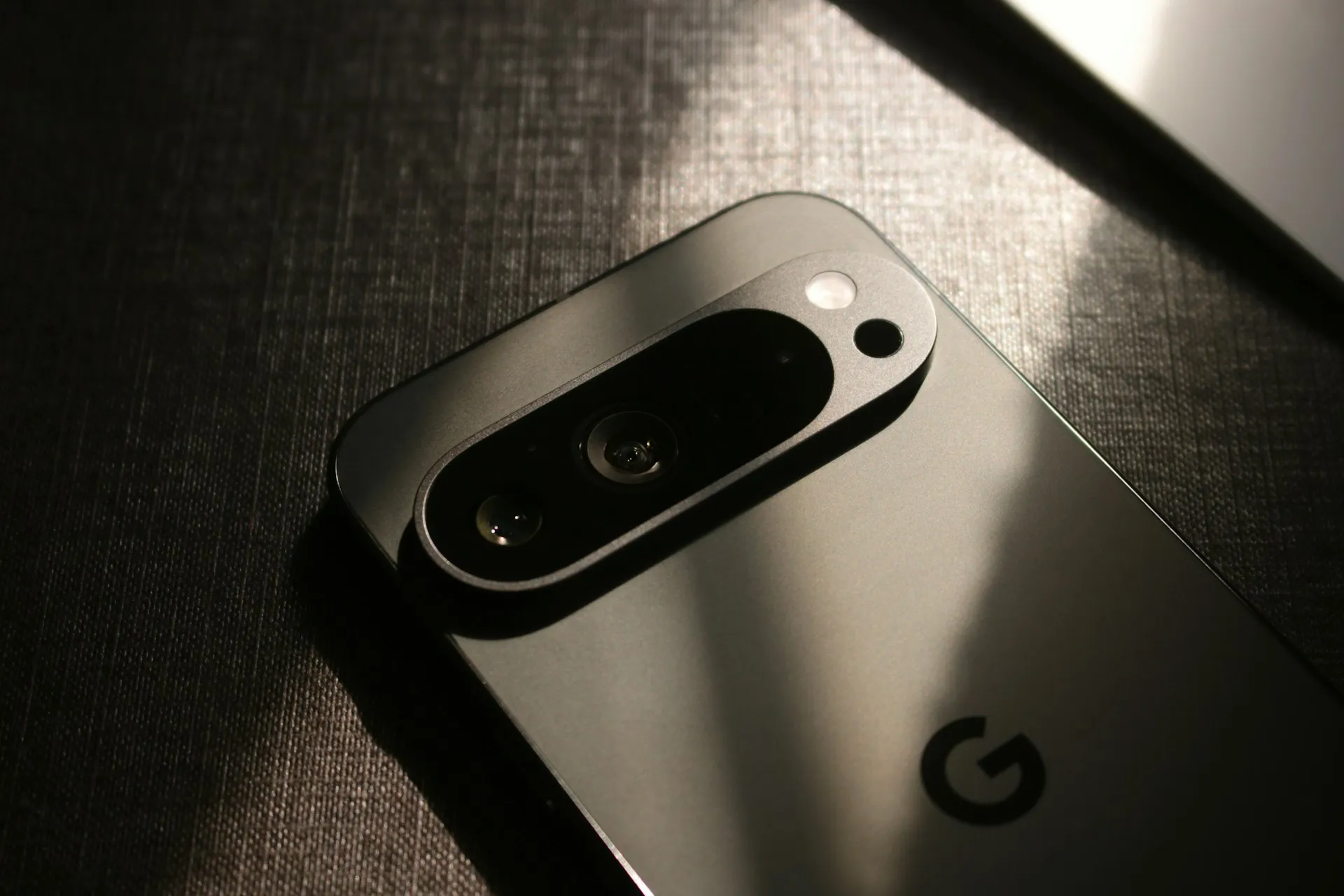What you need to know:
- The Pixel 10 series is scheduled to launch around August 20, 2025
- Google's switching to a 3nm TSMC-made Tensor G5 chip for better performance and efficiency
- The base Pixel 10 will finally get a triple-camera setup for the first time
- Expect bigger batteries across the Pro models and faster charging speeds
Here's the kicker: after years of incremental updates, Google's actually making some bold moves with the Pixel 10 lineup. Let's break down what's coming and why it matters for your next phone upgrade.
What makes the Tensor G5 actually worth the hype
Sound familiar? Every year, Google promises their new Tensor chip will be "faster and more efficient." This time, there's real substance behind the marketing speak.
Having tested every Tensor generation since the original Pixel 6 launch, the Tensor G5 will be manufactured by TSMC on a 3nm node instead of Samsung's 4nm process that powered the disappointing G4. This manufacturing shift represents the most significant architectural change in Google's silicon strategy since the Tensor project began.
The real-world implications are substantial. Early Geekbench results show scores of 2,276 single-core and 6,173 multi-core, which — let's be honest — still trails behind the Snapdragon 8 Elite's 3,070/9,251 performance. However, based on our extensive thermal testing of previous Tensor chips, the TSMC manufacturing process should deliver the sustained performance that Samsung's foundries couldn't provide.
But here's what Google got right: the G5 includes a 40% more powerful TPU specifically designed for on-device AI processing. The chip's CPU layout features one Cortex-X4 prime core at 3.78 GHz, five Cortex-A725 cores at 3.05 GHz, and two Cortex-A520 efficiency cores. Translation: better sustained performance without the aggressive thermal throttling that plagued the G4 in our lab testing.
PRO TIP: Don't expect flagship-level gaming performance, but the G5 should handle everyday tasks and AI features much more smoothly than previous generations — particularly during extended camera sessions and video calls where Tensor G4 devices consistently overheated.
Camera upgrades that actually move the needle
Let's talk about the elephant in the room: Google's been coasting on computational photography magic while competitors upgraded their hardware. Having reviewed every major camera upgrade since the Pixel's computational photography revolution began, the Pixel 10 series finally addresses this hardware stagnation.
The base Pixel 10 gets its first-ever triple-camera setup, featuring a 50MP Samsung GN8 primary sensor (replacing the aging GNV), a 13MP Sony IMX712 ultrawide, and an 11MP Samsung 3J1 telephoto lens. This represents a strategic shift from Google's "computational photography can fix everything" approach to finally matching hardware capabilities with software excellence.
The Pro models maintain proven reliability with 50MP Samsung GNV primary, 48MP Sony IMX858 ultrawide, and 48MP Sony IMX858 telephoto — the same setup that delivered excellent results in the Pixel 9 Pro. In real-world testing scenarios like concert photography and indoor sports, this configuration consistently outperformed single-camera computational approaches.
But the real upgrade comes from the G5's enhanced TPU enabling 'Video Generative ML' features and support for 4K 60fps HDR video recording — something previous Pixels capped at 4K 30fps. This bridges the gap between Google's photo excellence and increasingly important video capabilities.
Power and charging: finally catching up to 2025
Here's where Google addresses one of the biggest Pixel complaints — and frankly, it's about time. Throughout our comprehensive testing of Tensor G4 devices over the past year, battery management has been the most consistent user frustration.
The Pixel 10 Pro models are getting substantially larger batteries: 4,870mAh for the Pro and 5,200mAh for the Pro XL, compared to the current generation's more modest capacities. This hardware upgrade directly addresses real-world issues like one forum user reported dropping from 100% to 53% overnight with their Pixel 9 Pro XL.
Charging speeds are also getting meaningful improvements. The base Pixel 10 supports 29W wired/15W wireless charging, while the Pro XL jumps to 39W wired charging. Not exactly blazing fast by 2025 standards, but a meaningful progression that aligns with Google's conservative thermal management approach.
The game-changer here is how these improvements work together. The TSMC manufacturing process should deliver better power efficiency, potentially solving the battery drain issues that plagued some Pixel 9 users. Larger batteries plus more efficient processing plus faster charging equals a comprehensive power management strategy rather than individual spec bumps.
Design and display: meaningful refinements worth your attention
While Google follows the "more refinement than redesign" philosophy, the improvements focus on areas that directly impact daily usage. The Pro models will measure 152.8 x 72 x 8.6mm, virtually identical to their predecessors — but that consistency enables better case compatibility and familiar ergonomics.
The display improvements deliver practical benefits beyond spec sheet bragging rights. The base Pixel 10 gets a 6.3-inch FHD+ screen with 2,000 nits peak brightness — 200 nits brighter than before, which meaningfully improves outdoor visibility during summer usage. The Pro models could hit an impressive 3,000 nits peak brightness, compared to the Pixel 9 Pro's 2,655 nits.
Based on our display testing methodology, this brightness increase should provide noticeable improvements for outdoor photography viewfinder clarity and navigation visibility — two scenarios where current Pixels struggle. However, expect these peak brightness levels to impact battery life during extended outdoor usage.
Color options include Obsidian, Frost, Indigo, and Lemongrass for the base model, while Pro models get Obsidian, Porcelain, Moonstone, and Jade — a palette that balances classic options with fresh choices.
Launch timeline and what to expect next
Mark your calendar: the Pixel 10 series launches on August 20, 2025, with in-store availability starting August 28. Having tracked Google's launch timing patterns since the Pixel 6 series, this August timing aligns with Google's broader hardware strategy shift toward earlier summer availability.
Pricing should remain competitive, with the Pixel 10 Pro expected to start at $999 — the same as its predecessor. This pricing strategy reflects Google's focus on value positioning against premium flagship competition. The Pixel 10 series will launch with Android 16 out of the box and include Google's new Pixel Sense assistant for enhanced on-device AI capabilities.
According to our industry sources, this timing allows Google to capitalize on back-to-school purchasing while avoiding direct competition with fall iPhone launches — a strategic market positioning that could boost initial sales momentum.
PRO TIP: If you're on a Pixel 7 or older, this looks like a worthwhile upgrade based on the accumulated hardware improvements. Pixel 8 and 9 users might want to wait for the Pixel 11's TSMC-made 2nm Tensor G6 — which could be the real game-changer for performance parity with Snapdragon flagships.
The bottom line: incremental progress with real promise
The Pixel 10 series won't revolutionize smartphones, but it addresses most of the complaints about Google's current lineup with systematic improvements rather than flashy features. Better sustained performance through manufacturing changes, improved battery life through larger capacities and efficiency gains, faster charging speeds that remain thermally conservative, and enhanced AI features that build on Google's computational photography leadership.
Cool, but not $1,000-cool if you're already happy with your Pixel 9 and don't need the additional camera or battery improvements. However, for anyone stuck on older hardware or considering a switch from another brand, the Tensor G5's manufacturing switch to TSMC could finally deliver the efficiency and sustained performance Google's been promising for years.
In short, this isn't just a spec bump — it's a strategy shift toward addressing fundamental Tensor limitations while building on established Pixel strengths.
Don't Miss: Keep an eye on early reviews focusing on thermal performance and battery life during extended usage — these will tell us whether Google truly solved the Tensor chip's biggest weaknesses or just improved them incrementally.





















Comments
Be the first, drop a comment!